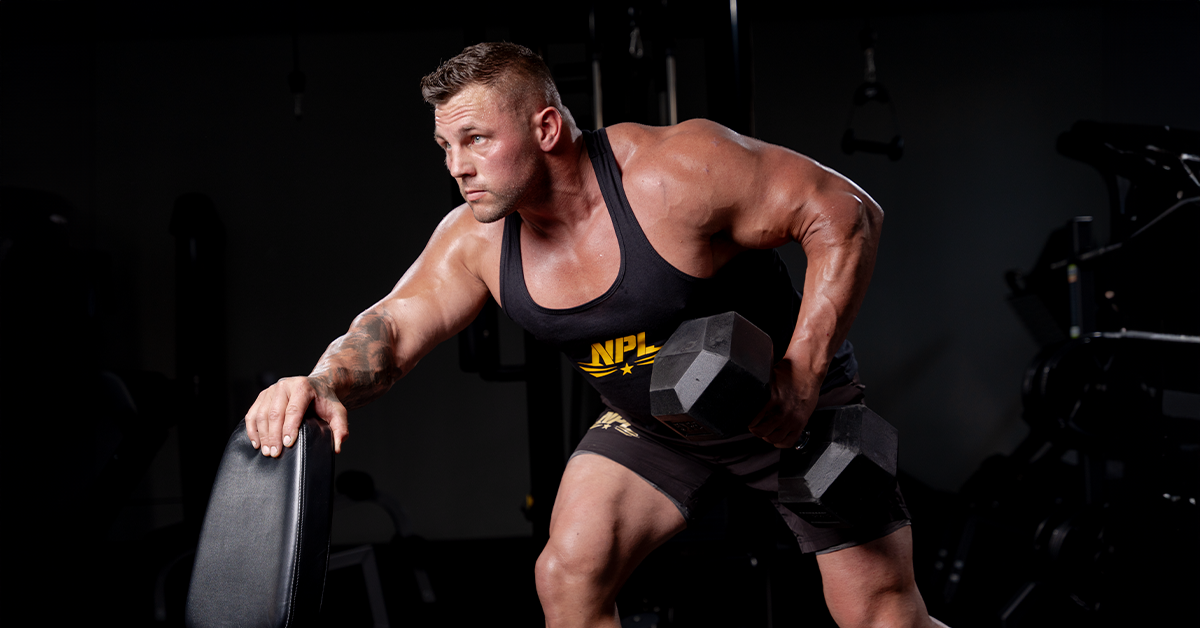Push or Pull?

You're ready to kick your training into a higher gear and get more strategic. But with so many training splits out there, where do you begin? It's not just about hitting the gym randomly, it's about strategically splitting your focus on specific muscle groups. Let's talk about push-pull workouts.
The Power of Push-Pull
Firstly, it’s important to understand that your body operates in distinct planes of motion. Forward and backward movements occur in the sagittal plane, whilst side-to-side movements occur in the frontal plane and so on. In essence, various movements activate different body parts and muscle groups. For example, pulling a car door and pushing a trolley engage entirely different sets of muscles. This is what makes the push-pull training split so effective.
Push Day
This is where the chest, shoulders and triceps take the spotlight. Think bench press and surprise surprise, push-ups for push day. Any exercise where you are trying to get an object away from you counts as a push movement. We’re working against gravity with this one. Here are some core push movements to include if you're starting out, targeting major upper-body muscle groups:
- Bench Press: 3 x 8-12 reps
- Push-Ups: 3 x 8-12 reps
- Overhead Press: 3 x 8-12 reps
- Dumbbell Flyes: 3 x 10-15 reps
Pull Day
The goal is to leave your back, biceps, and forearms feeling the burn after this workout. On this day, we're focusing on trying to exert force towards ourselves and getting up close and personal with the gym equipment. Here are some essential pull exercises for beginners aiming to strengthen primarily their back and arms.
Pull-Ups/Chin-Ups: 3 x 5-8 reps
Barbell Rows: 3 x 8-12 reps
Seated Cable Rows: 3 x 8-12 reps
Dumbbell Rows: 3 x 8-12 reps
Rest & Recovery
Now that you have a basic understanding of a push-pull workout, consider the importance of rest and recovery. This training split remains popular because it allows major muscle groups to recover adequately. For beginners, consider starting with a push-pull-legs split, with each day separated by one rest day. (We love a good upper body day, but let’s give some attention to the legs, shall we?) You can then increase the number of training sessions as you become more comfortable.
Head over to our Instagram page @npl_international for workout inspo and expert tips on technique and form!






